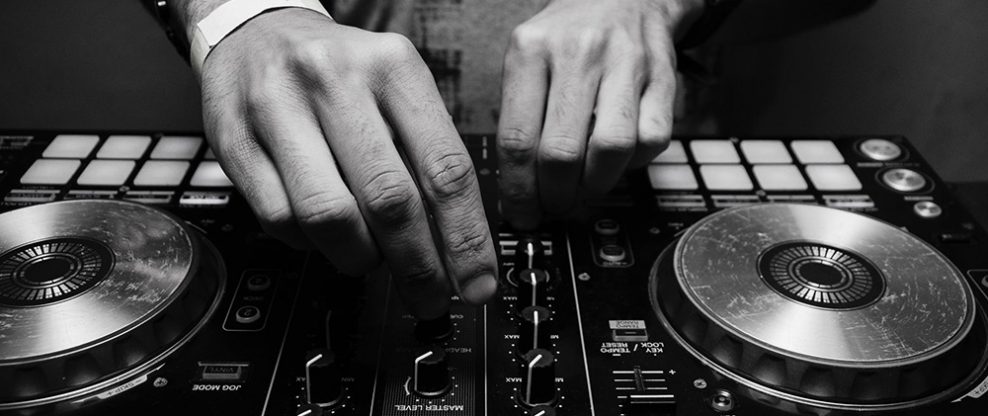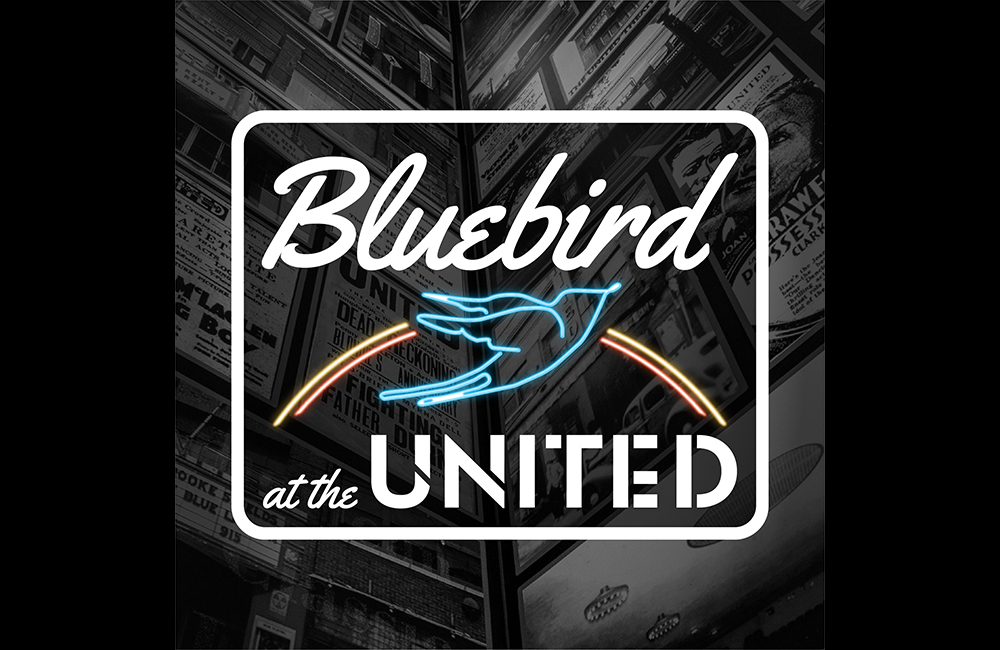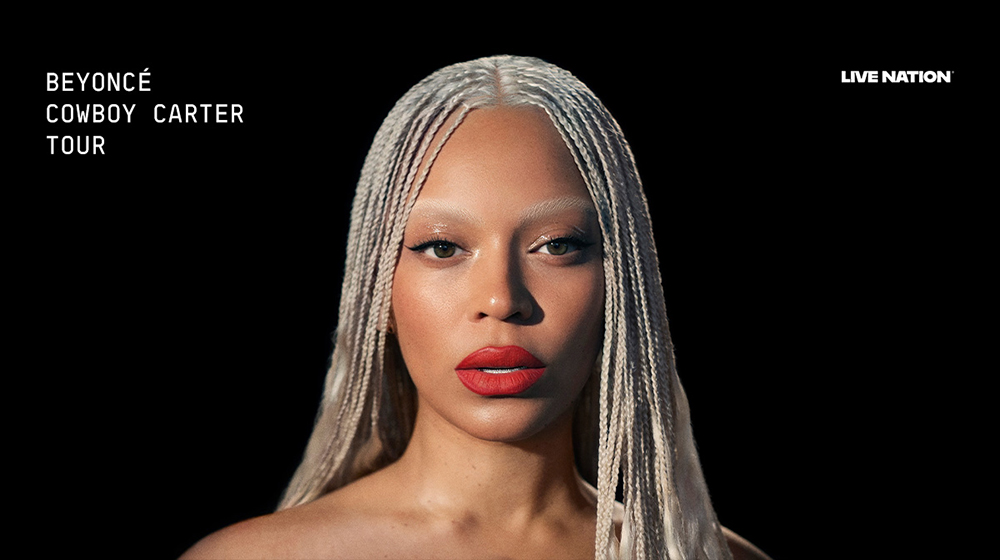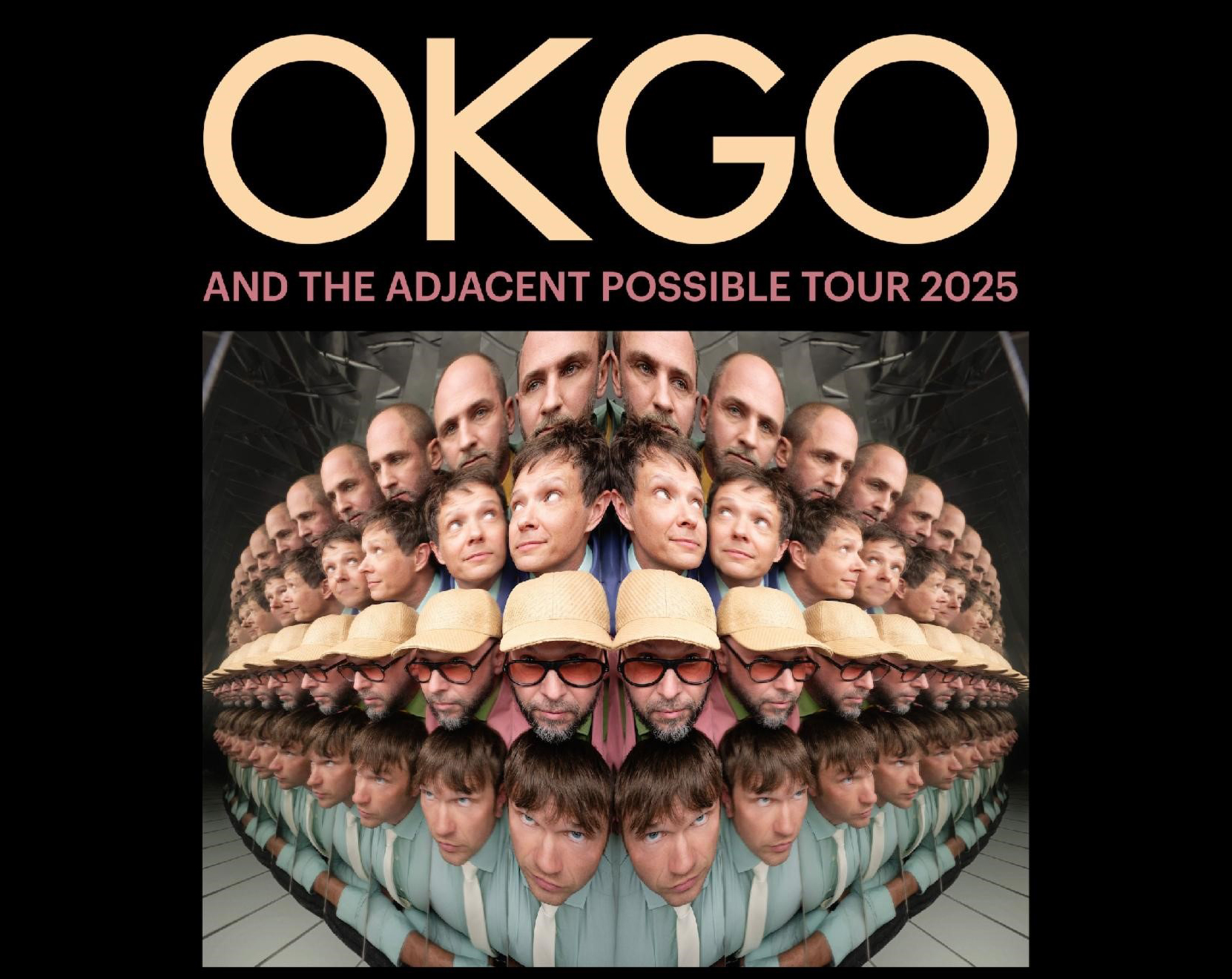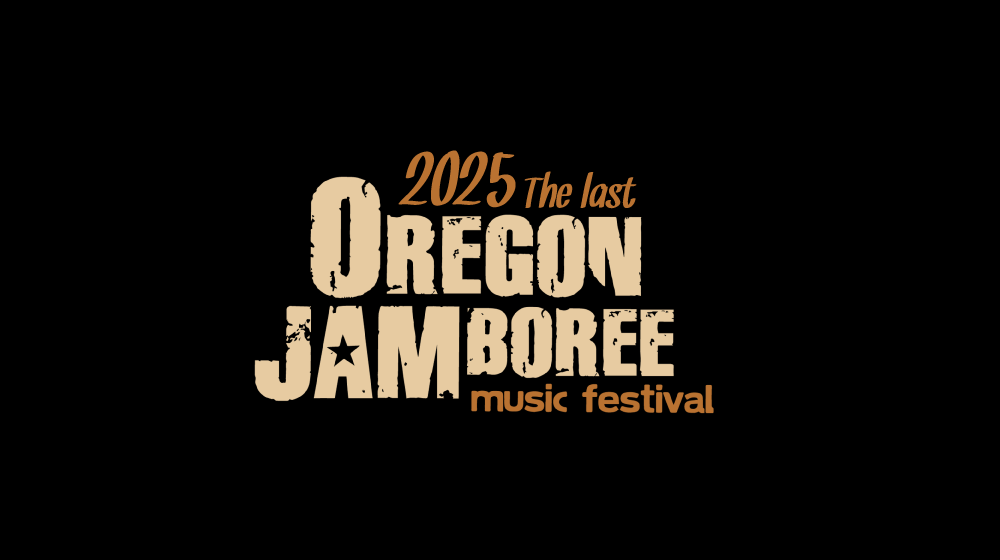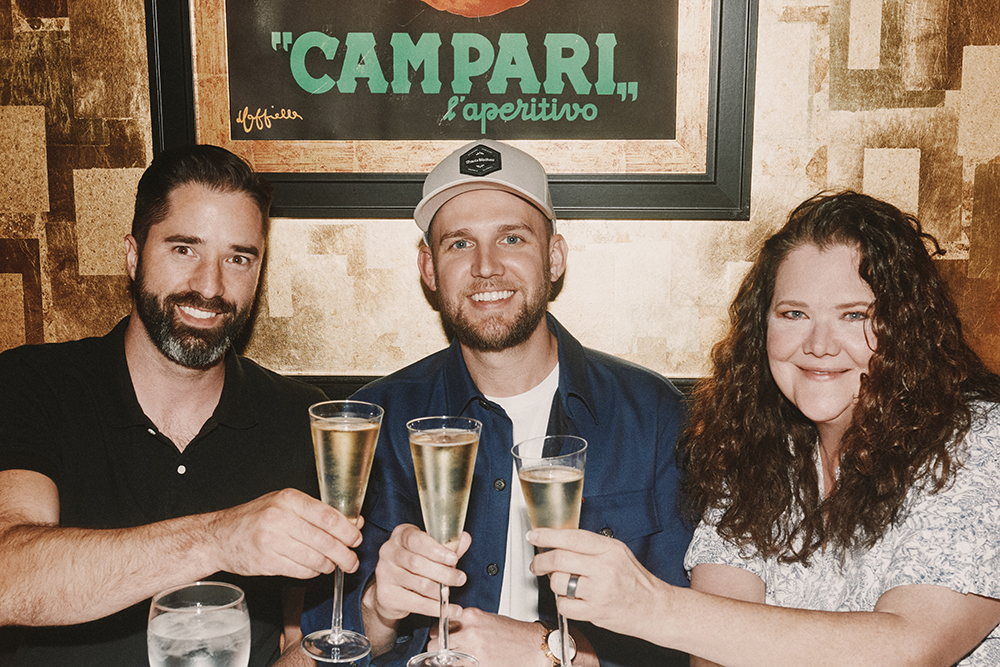(Hypebot) — With so many nightclubs and other social venues shut down during the pandemic, they have an opportunity (like it or not) to step back and and examine why new-to-the-market nightclubs so often struggle or fail shortly after opening.
Guest post by Michael James
Amid this global pandemic, many nightclubs around the world have been forced to close, allowing them rare time to take a step back to reflect on their strategies, and to re-adjust their plans for the future, or opportunity for new nightclubs to enter the market.
We see far too often, a new nightclub opens, seeking to become the premier option in their market. Oftentimes, the first few months are extremely successful as they enter the market. However, over time, we see attendance begin to slow as consumers return to the pattern of which bars or activities they did prior, only adding the new nightclub into their rotation on special occasions. But what causes consumers to lose interest?

When a new nightclub enters the market it can be very successful in the beginning and extremely disruptive to the large incumbents. The new nightclub usually has a lower overhead, allowing them to offer better drink deals or better experiences for lower prices. Often we see the large incumbents not compete over the lower profit customers and move upwards to bigger events or better, higher profit experiences. After the hype and excitement of a new club opening wears off, we normally see the nightclub seek to offer a new experience and adjust their branding and marketing strategies in an attempt to sustain.
The biggest mistake nightclubs make is developing their branding and marketing strategies around providing a better or more exclusive (or inclusive) experience than the other nightclubs or bars in their market. Instead, we need to look at what ‘Job’ the nightclub is solving and recognize all of the large incumbents in their market. When looking at what ‘Job’ a nightclub offers it is easy to mix up your target market’s causalities and correlations when determining how and what you want to market to them. The most common thought is to market better drink deals, thus assuming your nightclubs ‘Job’ is solving the consumers desire to drink alcohol. The mistake made here is the desire to drink alcohol is a ‘correlation’ of many other ‘Jobs’ such as a consumer needing help escaping from the reality of work, or needing help socializing with friends. Escaping and socializing are both causalities that lead a consumer into a nightclub. By using these two ‘Jobs’ as examples of what nightclubs can solve, we see that nightclubs are also competing against many other industries for a consumer on a given night. Movie theatres, group exercise and video games all can solve these example ‘Jobs’. In the middle stages of a nightclub’s life, as it seeks to re-grasp the attention of its consumers, failure to understand why the consumers ‘Hire’ it to solve their ‘Job’ will usually lead to ‘overserving.’ (Since we are talking about nightclubs, overserving is not in relation to drinks but rather in relation to the minimum experience required for a consumer to feel their ‘Job’ has been satisfied)
We can break the consumers inside a nightclub up into three groups. Usually a small percentage of the consumers inside are underserved, then the remainder can be split into the overserved and properly served. As the nightclub seeks to innovate, now feeling the low end pressure of other new organizations solving the same ‘Job,’ the nightclub will flee upwards, targeting their best, most profitable consumers. Generally this comes in the form of better table or bottle service, bigger musical acts and portraying a more exclusive experience. Because of this we can predict that the overserved will now become non-consumers and the properly served will become overserved and generally settle for another bar or activity that is providing a ‘good enough’ experience for them to feel satisfied without compensating behaviors.
Despite consistent patterns, what we often see in the end of a nightclubs life is a slow cycle of constant low-end disruption forcing the nightclub to seek high end consumers which are limited in numbers by a market cap, and the back pressure of the large incumbents in the area which are able to provide better or more profitable experiences on their low end and the nightclubs high end. A slow bleed that often leads to last ditch efforts of over-branded nights not directed to the ‘Job’ and culture that once sustained the beat of the club. So what can nightclubs do to sustain?
In order to sustain, the nightclub owner must look at her resources, processes and profit formulas to learn what it can and cannot provide and determine its culture. From there, the nightclub owner must immerse herself with the consumers to find out what ‘Job’ they are looking to solve, and what experiences they are truly interested in. By basing the growth strategy of the nightclub around a specific ‘Job’ instead of a correlation of a ‘Job’ she can be confident that her processes will remain effective over time. What is popular, such as music choice or drinks will come and go, but the ‘Job’ the club is ‘Hired’ to do will persist over time. This is why we see nightclubs that provide an ultra specific experience, and don’t lose touch of their culture over time remain successful, whereas nightclubs that continuously bend their culture and branding to fit a current trend and to seek only the most profitable consumers often lose their core and react too late to, or never see, the low end disruption or are unable to develop sustaining innovation causing them to eventually fail.

